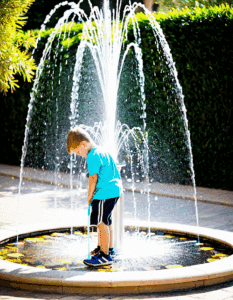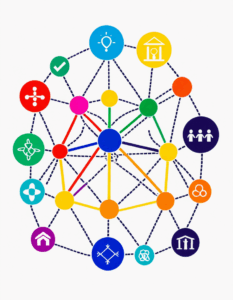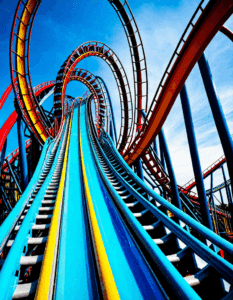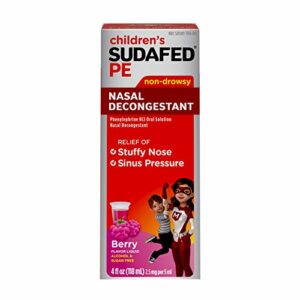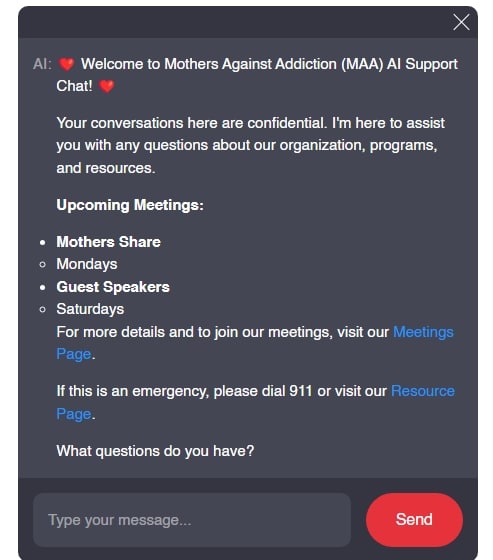
Understanding Relapse: A Deep Dive into Surprising Triggers
Addiction recovery is an ongoing journey, often fraught with challenges. One of the most alarming realities is that relapse can happen when we least expect it. Understanding and identifying relapse triggers is crucial for anyone supporting a loved one battling addiction. These triggers can catch both the individuals recovering and their supporters off guard, making it pivotal for parents to be aware of them. Today, we’ll explore seven unexpected triggers that can lead to relapse, highlighting how they affect recovery and offering insights to prevent them.

Top 7 Surprising Relapse Triggers
1. Environmental Factors: The Power of Place
Many individuals in recovery are shocked to learn how influential their environment can be. Certain locales, like a high school reunion venue or the café where they used to indulge, can stir up powerful memories and cravings. Research, like that found in the Journal of Substance Abuse Treatment, backs this up. It reveals that contexts associated with past substance use can increase the likelihood of relapse. For instance, imagine a former addict attending a party where drugs are undeniably visible; resisting temptation becomes a Herculean task.
Tips to Combat Environmental Triggers:
– Stay away from known hot spots.
– Identify new, sober-friendly venues for social gatherings.
– Surround yourself with supportive friends who understand your journey.
2. Stress and Emotional Response: The Unexpected Overload
Stress is often cited as a common trigger, but what might surprise many is that a variety of emotional states can lead to relapse. Positive feelings, such as joy or excitement, can trigger cravings, too. Take Sarah, for example; after landing her dream job, she celebrated with friends, only to find herself in a situation where substance use became an option once again. Managing emotions proactively is vital for maintaining sobriety, as ignoring them can backfire in the most unexpected ways.
How to Manage Emotional Triggers:
– Acknowledge all feelings, both positive and negative.
– Engage in healthy ways to cope, like exercise or journaling.
– Talk to someone who can support you through emotional highs and lows.
3. Social Disconnection: The Hidden Risk of Isolation
Isolation can be a silent but powerful trigger for relapse. Many individuals in recovery feel disconnected from friends and family, especially as their social circles change. A 2023 survey from the National Institute on Drug Abuse found that social isolation significantly contributes to relapse rates among teenagers and young adults. Activities such as community service or support groups—like those organized by Mothers Against addiction—can help bridge the gap, preventing isolation-induced cravings and fostering a sense of community.
Building Social Connections:
– Join local support groups or clubs.
– Volunteer in your community.
– Stay engaged with family and old friends willing to support your recovery.
4. Celebrations and Holidays: The Party Paradox
Celebratory events can often sneak up and become a source of relapse. The emotional landscape during holidays is complex, filled with nostalgia, family pressures, and, frequently, substance use within celebrations. Just think of how actor Robert Downey Jr. described the stress of navigating parties during the festive season—often relying on trusted friends for support. When surrounded by nostalgic feelings, it’s easy to feel overwhelmed and at risk of giving in.
Navigating Celebratory Triggers:
– Create a strategy for handling high-pressure situations.
– Bring along a sober friend to gatherings.
– Establish a plan to exit if the atmosphere becomes tempting.
5. Boredom and Routine: The Stagnation Effect
As recovery progresses, individuals often find comfort in structured routines to maintain sobriety. But, once this structure becomes repetitive and dull, the desire to chase thrills can emerge, which might include returning to old habits. Research shows that boredom can significantly increase the risk of relapse. Sharing experiences in recovery programs has proven that diversifying hobbies or goals can be crucial in combatting this trigger.
Combating Boredom:
– Explore new hobbies, like painting, hiking, or music.
– Set personal goals that challenge you.
– Join clubs or groups that focus on engaging activities.
6. Financial Stress: The Economic Burden
Financial strain is an often overlooked factor contributing to relapse, especially considering ongoing recovery costs. Individuals can feel overwhelmed when facing financial uncertainty, leading some to see substance use as a quick solution. Engaging with financial counseling services to develop a sustainable financial plan can reduce this temptation. Those who work with financial advisors report lower rates of relapse than peers who manage finances alone.
Addressing Financial Triggers:
– Create a budget and track expenses.
– Seek assistance from financial counseling programs.
– Explore community resources that provide financial support for recovery.
7. Lack of Coping Mechanisms: The Skills Gap
One of the most surprising triggers for relapse is that many individuals lack effective coping strategies to deal with life’s pressures. Those in recovery often haven’t developed adequate tools to manage challenges without turning back to substances. Studies demonstrate that people who practice mindfulness or engage in behavioral therapies see significantly lower relapse rates. Consider Jake, who embraced meditation and built resilience, giving him new strength to handle everyday challenges without reverting to old habits.
Developing Coping Mechanisms:
– Participate in mindfulness practices like yoga or meditation.
– Work with therapists to develop healthy coping strategies.
– Share experiences and coping techniques in support groups.
Embracing a Holistic Approach to Recovery
Navigating the road of addiction recovery is a multi-layered journey that requires awareness, understanding, and action. By recognizing and addressing these surprising relapse triggers, individuals and their support systems can forge a more resilient pathway toward lasting sobriety. It’s essential for parents and caregivers to engage in open dialogues about these triggers and maintain ongoing support.
Empower each other with knowledge and compassion to face the unpredictable terrain of recovery together, ensuring that each step taken is a step further away from relapse. Implementing proactive strategies, strengthening connections, and nurturing emotional health creates a community of support and resilience—after all, everyone deserves a fighting chance at recovery. If you’re looking for more resources and support, check out Mothers Against addiction for guidance tailored to your family’s needs. Together, we can combat the challenges of addiction and cultivate hope for a brighter tomorrow.
Relapse Triggers That Will Surprise You
The Shocking Nature of Relapse
Did you know that even seemingly harmless situations can trigger a relapse? Many people might think of specific substances or environments, but it can also be as surprising as a song on the radio or an old friend’s text. This goes beyond the expected, dealing with both emotional and environmental cues. Speaking of surprises, how’s this for a fun fact? A recent study noted that a rabbit named Shiva Negar in a popular documentary managed to overcome obstacles through a blend of social bonding and careful management. This kind of resilience can inspire those walking the challenging path of recovery, proving that support plays a vital role.
The Oddball Factors of Relapse
When we dive into the tricky waters of relapse triggers, it’s fascinating to see what impact our surroundings have. For instance, hallucinatory experiences, which can occur in high-stress moments, may lead individuals to seek out substances again. Speaking of hallucinating, many struggle with these symptoms during withdrawal, making it crucial to understand their implications better. It’s like trying to get a good grip on a slippery fish—you just can’t hold on tight enough without the right approach.
Moreover, cravings might also stem from unexpected cravings, like wanting a dish of 92 chicken when feeling stressed. It’s not just about what you consume, but how deeply ingrained these comfort foods become in our routines. Connecting memories with certain meals can lead to feeling more vulnerable, ultimately paving a path back toward substance use.
The Creative Side of Approach
Sometimes, it’s not just the personal triggers but larger societal movements that can shake a person’s resolve. For instance, engaging with causes like Just Stop Oil can invite mixed feelings and stress, which might inadvertently lead to a backslide. So, being mindful of what’s happening around us can be just as important.
Lastly, let’s sprinkle in a bit of nostalgia. Remember the cast of I Dream of Jeannie? That charm can remind us of simpler times, yet it also tells us just how powerful memories are for triggering thoughts. Furthermore, understanding effects of medications like meloxicam can go hand-in-hand with awareness about triggers. It’s all about connecting these dots, right?
So, next time you’re pondering the journey of relapse recovery, remember these quirky factors. It’s these seemingly trivial or unexpected cues that might shape someone’s choices profoundly. Just as everyone carries their own Pixel 2 used stories, they also harbor unique triggers—they’re all part of the wild and winding road of recovery.









